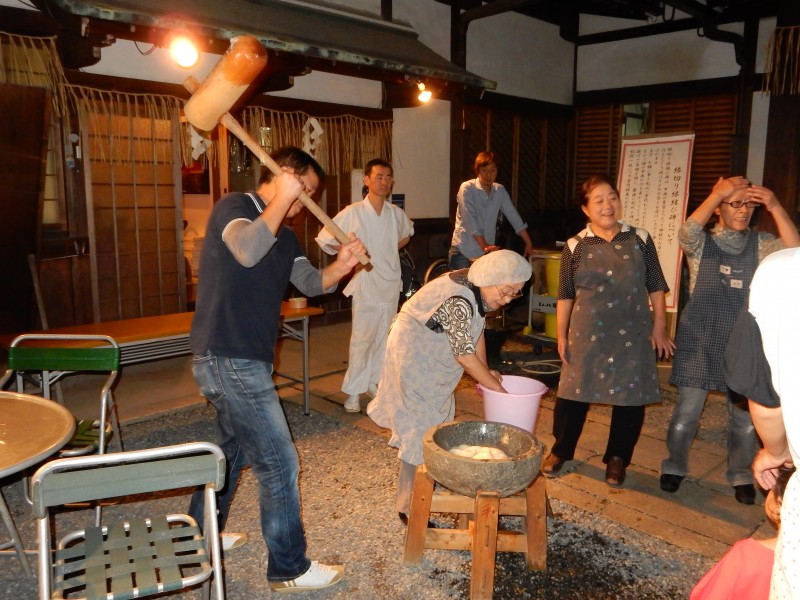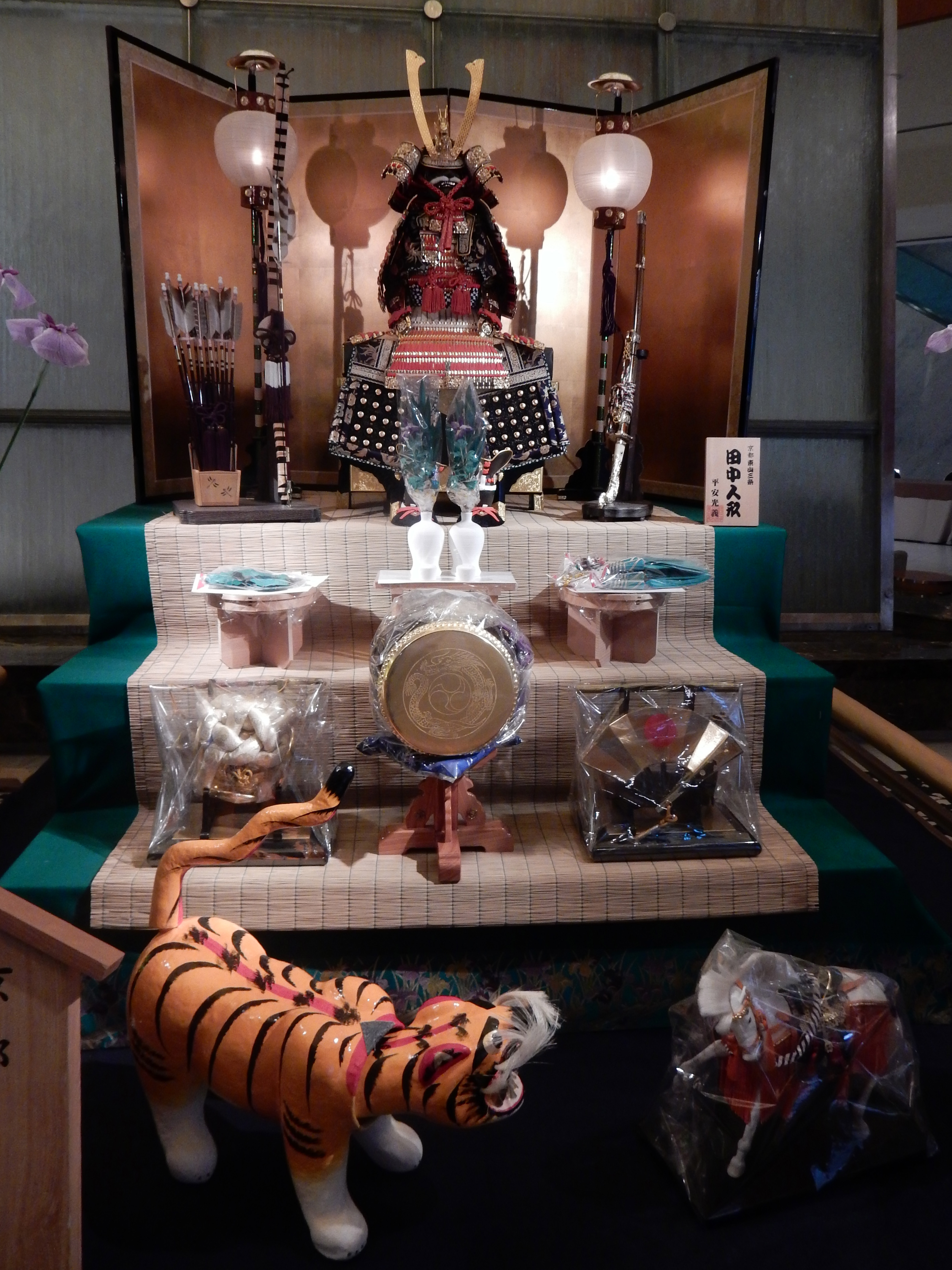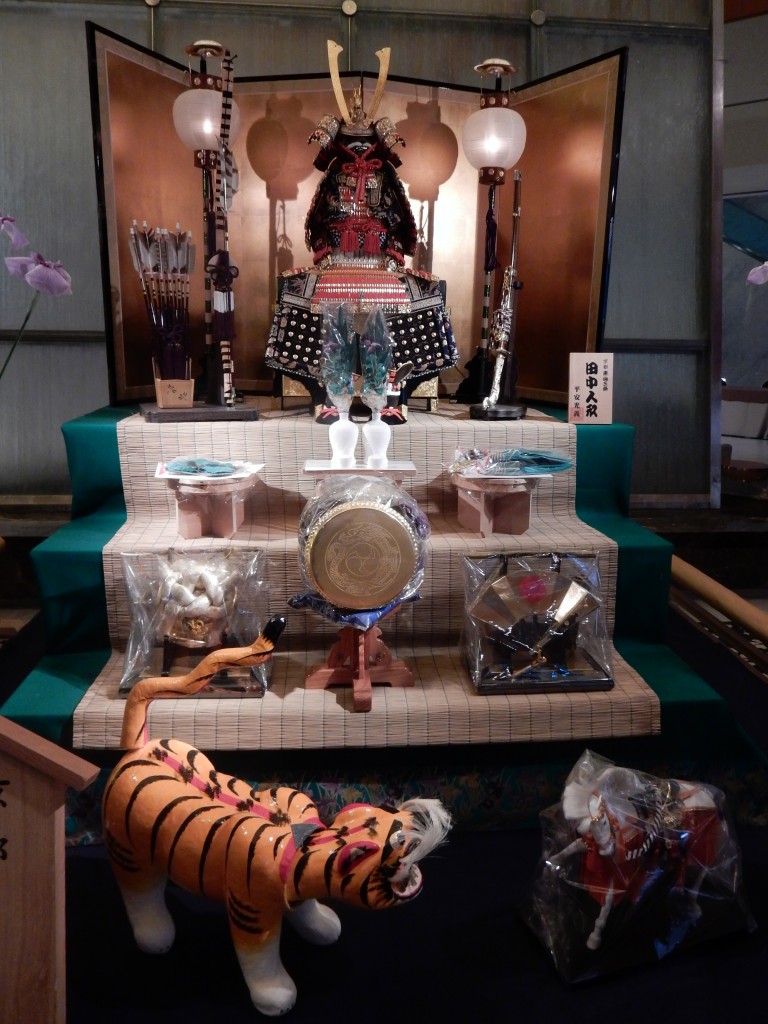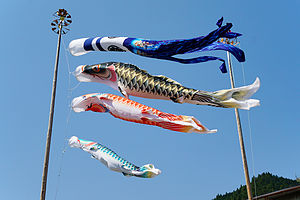by cinnamonellie, first published on this blog.
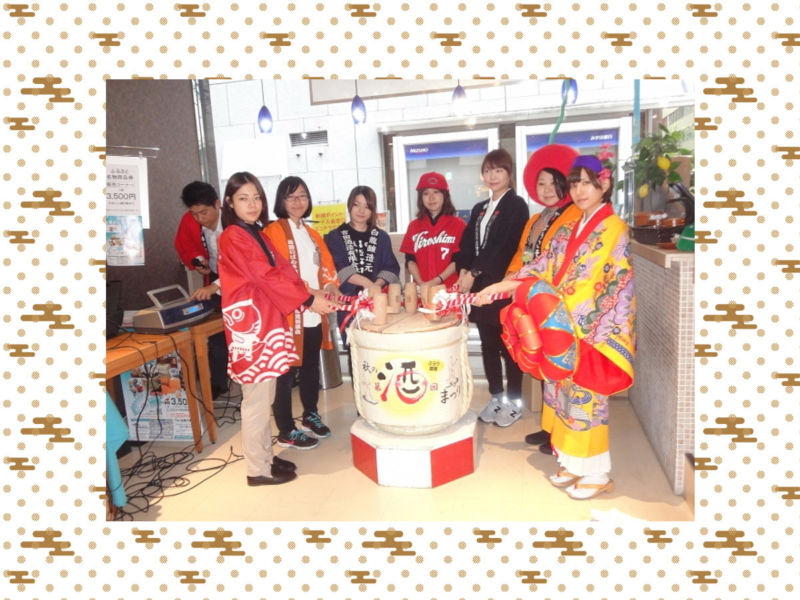
Kagami Biraki / 鏡開き is a Shinto custom celebrated annually on the 11th of January and a literal translation of the Japanese term is “Opening the Mirror.”
People usually gather for this ceremony to “break” the mochi and then eat it with everyone.
Sometimes Kagami biraki refers to opening a barrel of sake at parties as Tokugawa Shogun did before the war when he gathered his feudal lords and opened a cask of sake, a custom that became a tradition after achieving victory.
What is Kagami mochi / 鏡餅?
The traditional mirror rice cake decoration is usually bought before New Year’s and on the 11th of January, it is cut in small pieces and eaten.
It is said that Kagami mochi is an offering to the Gods and that is why, together with the Kadomatsu, it has an important meaning in welcoming the God of the Year, Toshigami sama.
Nowadays, it is sold everywhere in Japan and can be easily be bought at a supermarket. It has a round shape and it’s supposed to imitate an old mirror, therefore the name of “kagami” (鏡 / mirror) rice cake.
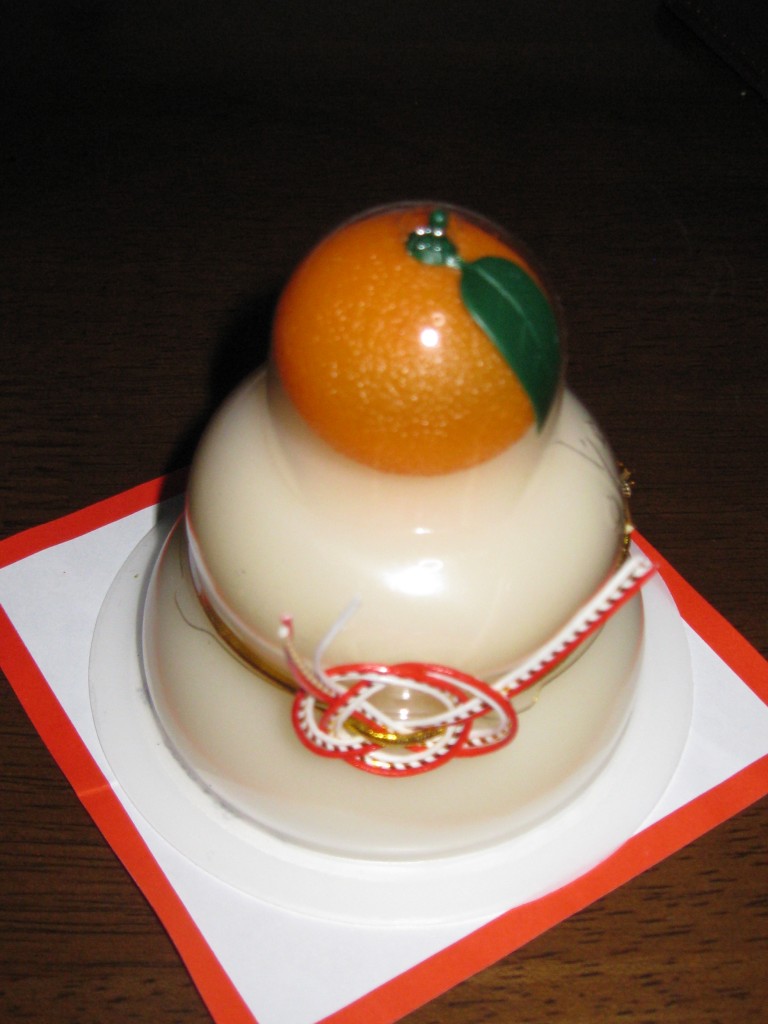
Meaning of Kagami Mochi
The two mochi on top of each other represent the sun and the moon, as in “yin” and “yang” and the reason why they are placed on top of each other is for a happy long life.
On top of the mirror rice cake, you will sometimes see placed a fan (扇 / ōgi). It is said that the ōgi, due to its widespread shape, is auspicious and brings prosperity.
The Japanese Bitter Orange (橙 / daidai) owes itself to a wordplay, and the meaning behind it is to bring longevity and prosperity from generation to generation.
The ceremony of Kagami Biraki
Nowadays, you can see this custom practiced at events, weddings, companies and even schools. As cutting has a negative connotation, people usually break it using a hammer or their hands.
Compared to the past, when people used to make the mochi, in these times many people choose to buy it. As for ways of eating it, it can be grilled, boiled, eaten with soup or snack.
